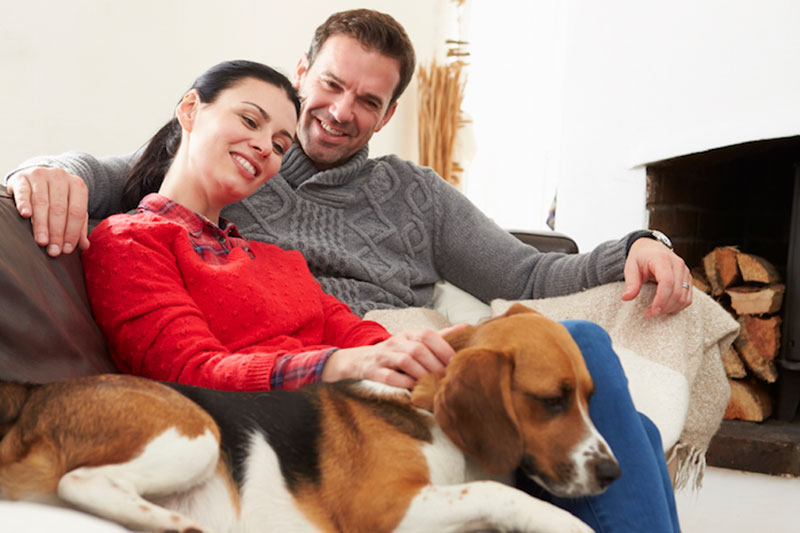
Enjoying cozy heating and cooling in Siloam Springs, Arkansas, year-round appears to be a good approach. But really, how can you maintain a comfy home while controlling energy costs?
Having a cozy home when it’s cold isn’t as difficult as you may think. But from time to time you could require professional assistance if you’re experiencing hot and cold areas. Or if your system doesn’t provide comfort like it previously did.
If you’re having comfort trouble or are looking for furnace repair, the heating and cooling professionals at Siloam Springs Heating & AC can help. Reach us at 479-448-2261 to set up an appointment now.
In the meantime, here are some tips on how to set your thermostat while it’s colder.
Decrease Temperatures When You Go to Work
Decreasing the thermostat 10–15 degrees while you’re gone can save 5–15% on your heating costs, according to the Department of Energy. If your home is empty most of the day, this is a fantastic method to limit expenses. And when you contemplate what even 5% could do for your heating expenses, that can make a major difference!
Decrease the Setting for Sleeping
You can also decrease the setting before you fall asleep. It actually benefits more than merely your gas expenses! The ideal temperature for going to bed is 60-67 degrees, according to the National Sleep Foundation. Your body cools down naturally to help you sleep, so keeping your room chilly could help you go to sleep more quickly.
Use a Smart Thermostat
One idea to consider if you don’t already have it—a smart thermostat. You won’t have to head over to the thermostat to change it. In reality, you can lower it from almost anywhere with your phone. A Wi-Fi thermostat also adjusts to your household schedule and intuitively changes the temp to help you save more on utilities.
Have a Cozier Residence with Support from the Heating and Cooling Experts
Even if you don’t make major changes to your temp, a small adjustment can impact your energy costs.
While you are controlling your thermostat, there are a few other things to remember during the winter.
- Schedule an appointment for routine furnace maintenance. Heating service makes sure your system is heating appropriately and might help make your heater more efficient.
- Examine your filtration. If you don’t notice light through it, you’re due to get a new one.
Both of these items will help ensure your heater is in peak form to keep your residence comfortable.
If you need help having a smart thermostat or have heating concerns, get in touch with the experts at Siloam Springs Heating & AC to gain outstanding advice. You can call us at 479-448-2261 or request an appointment online.


